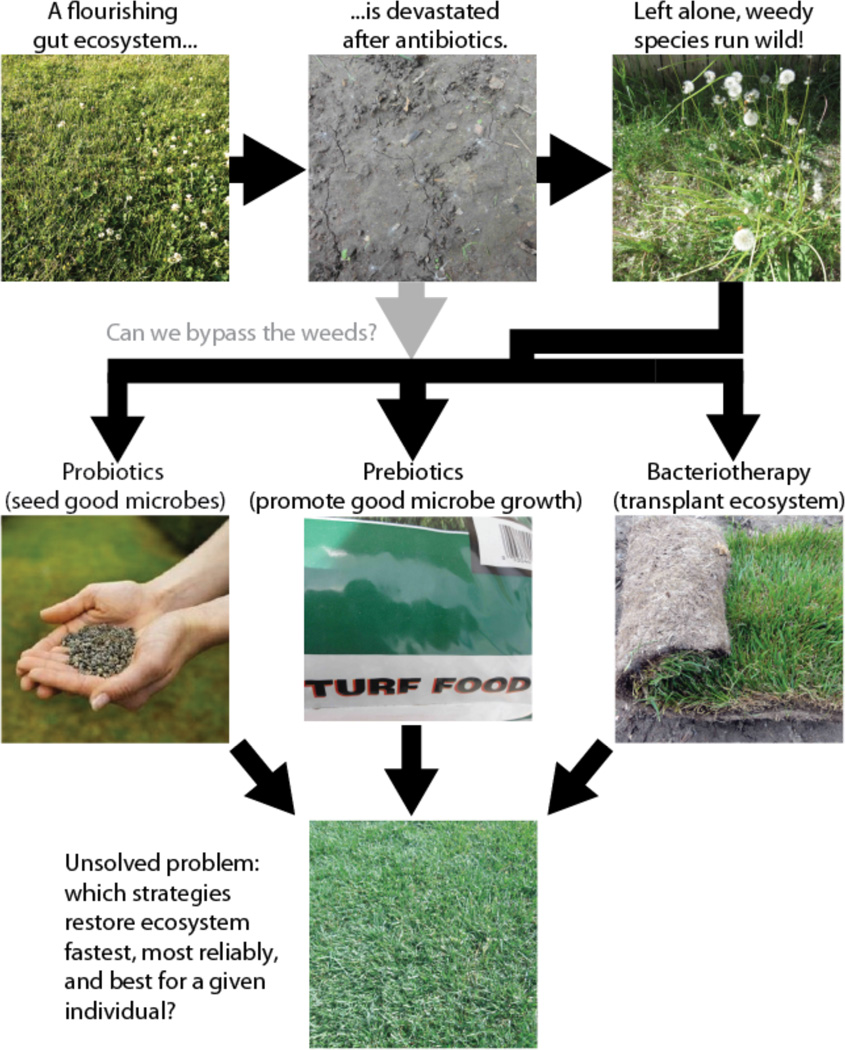Fig. 1. Maintaining our gut microbial lawn.
Maintaining a healthy microbiota is in some ways like lawn care: severe interventions like antibiotics can take the ecosystem back to bare earth, requiring it to be re-established from scratch. Although many people recover naturally, it is by no means guaranteed, and “weedy” species that are adapted to perturbed ecosystems often run wild. In this review, we discuss several current strategies for ecosystem restoration: probiotics (re-seeding with a few well-defined “good microbes”), prebiotics (adding compounds that are thought to specifically promote the growth of beneficial microbes), and fecal bacteriotherapy (transplanting the entire microbial ecosystem, e.g. from a stool sample). These strategies are analogous to using lawn seed, turf food, and sod respectively. An additional strategy, not shown, is to use specific drugs that target undesirable members of the microbial community such as narrow-spectrum antibiotics. Although we are beginning to learn what a healthy microbial community looks like and to recognize signs of weeds, our understanding of which strategies for altering the microbiota work best, and predicting which will work for a given individual, is still in its infancy.

